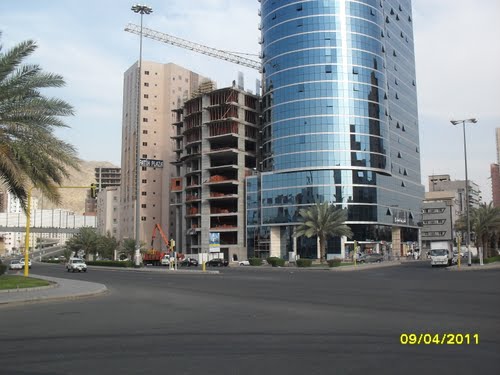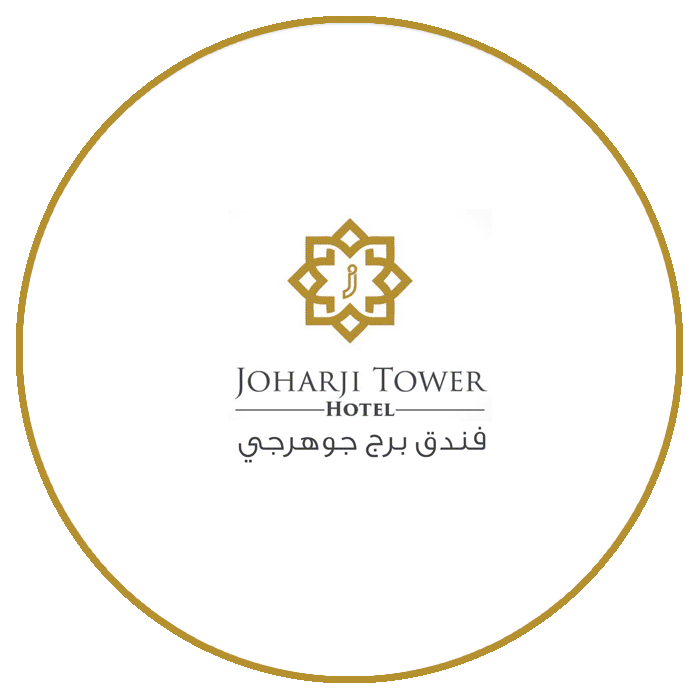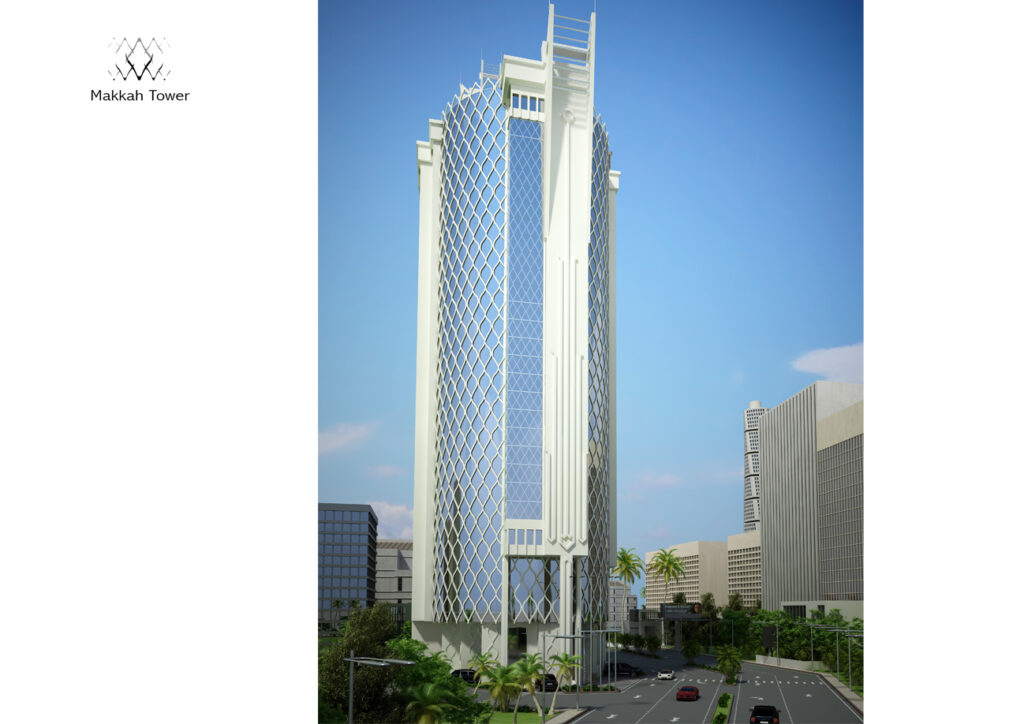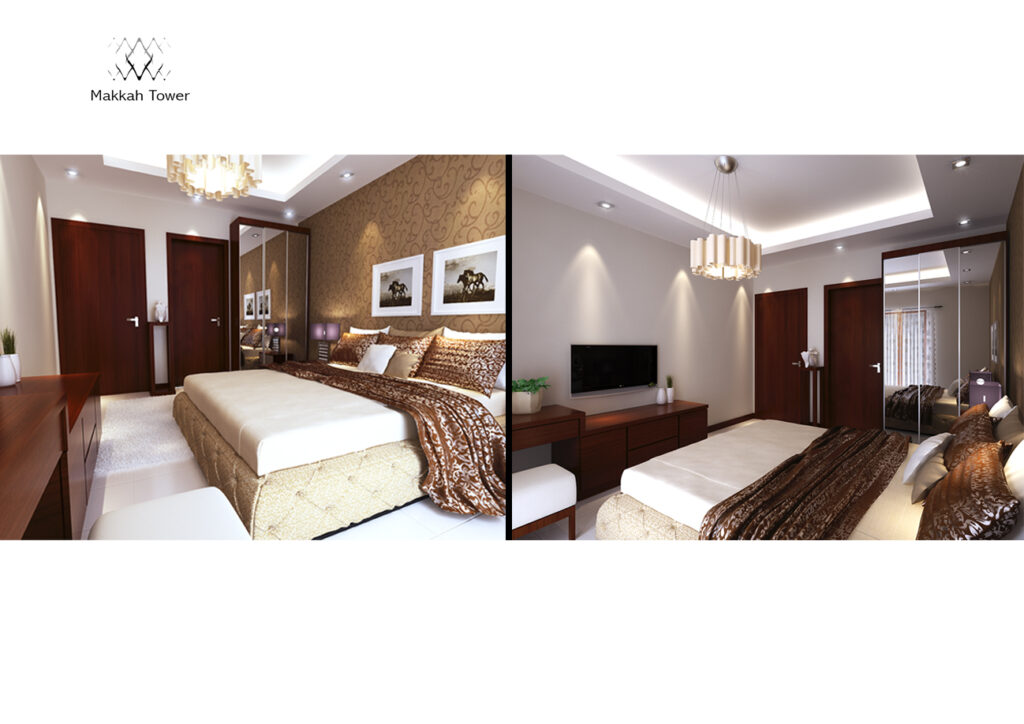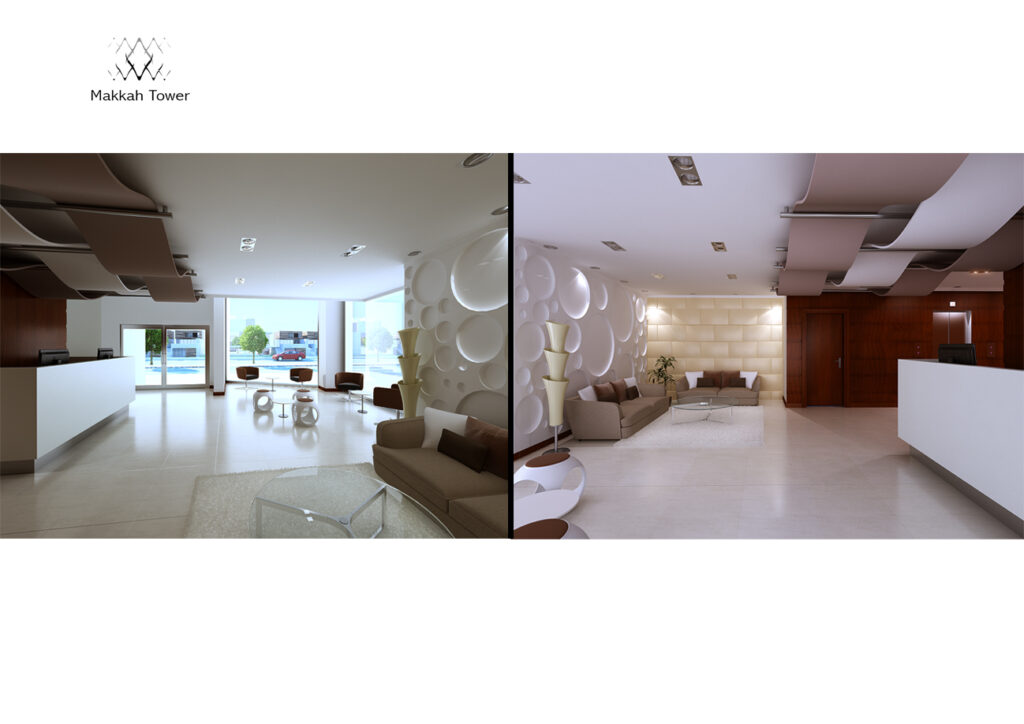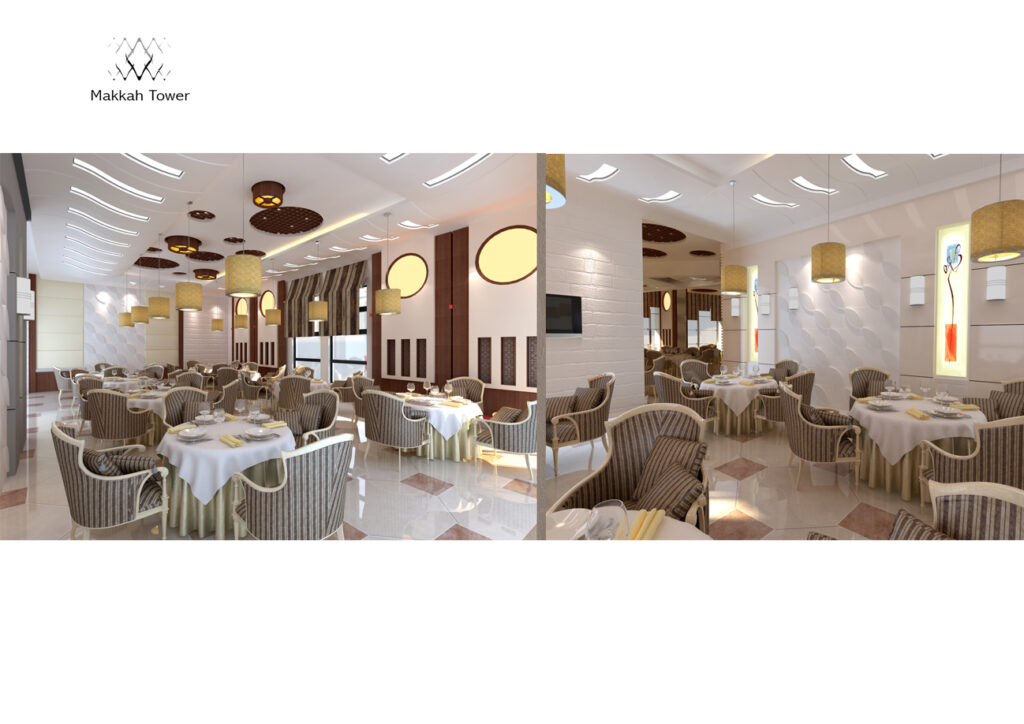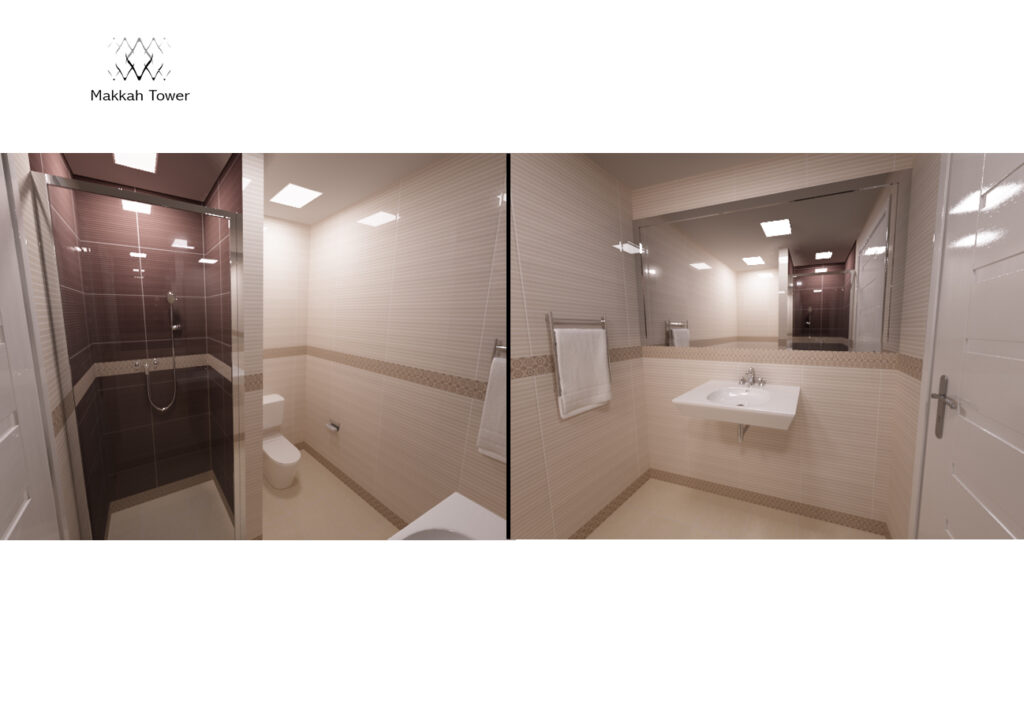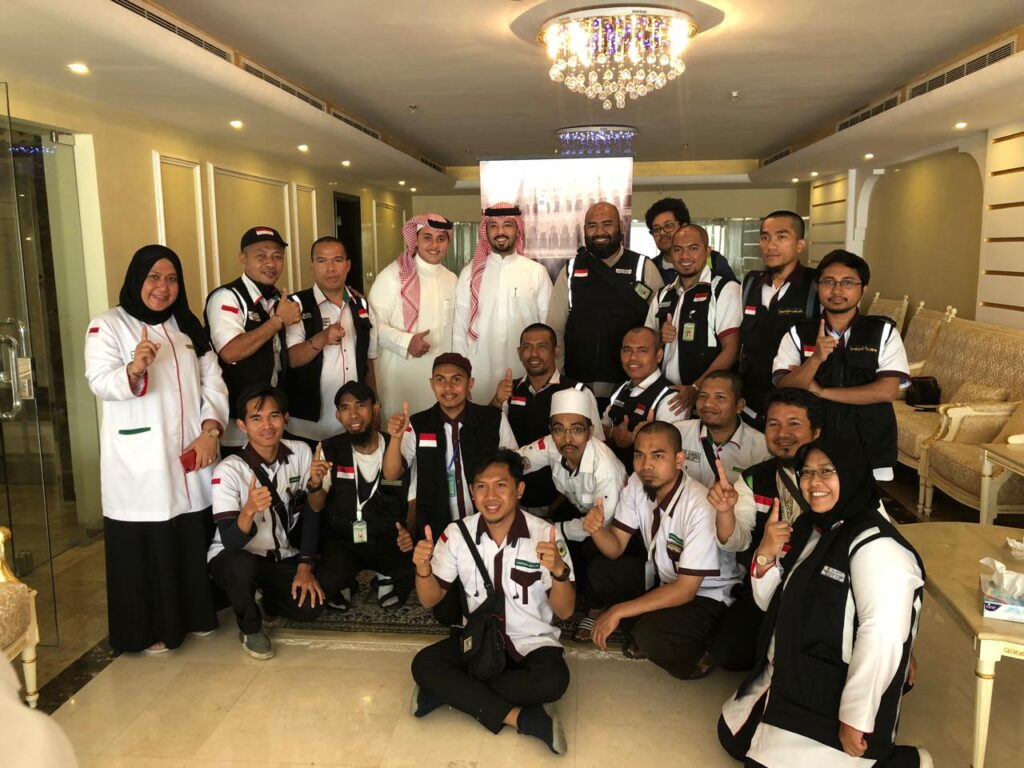Located in the heart of Makkah’s Al Shisha district, the Joharji Hotel Tower stands as a contemporary hospitality development along King Fahd Road. Designed by INJ Architects and completed in 2011, the project responds to the historical context of family-run Hajj accommodations while delivering a modern, welcoming lodging experience for pilgrims from around the globe. The hotel was commissioned by the father of the firm’s principal architect, Ibrahim Nawaf Joharji, and executed as a full turnkey system, integrating design, implementation, and comprehensive project management.
| Item | Details |
|---|---|
| Project Name | Joharji Hotel Tower |
| Location | Al Shisha District – Makkah, Saudi Arabia |
| Year | 2011 |
| Area | 12,346 m² |
| Status | Completed |
| Category | Architecture / Hospitality / Urban Infill |
| Design Style | Contemporary / Sustainable / Pilgrimage-Oriented |
Project Overview
Joharji Hotel Tower is a modern hospitality landmark designed to serve thousands of pilgrims efficiently while maintaining a high-quality architectural experience. The building merges functionality with elevated aesthetics, balancing modular repetition, clean lines, and sustainable strategies to reduce thermal gain and energy loads. The project exemplifies INJ Architects’ Philosophy of responsive and context-driven design.
✦ AI Review
Joharji Hotel Tower embodies a rare fusion of cultural continuity and contemporary hospitality in Makkah’s evolving urban landscape. While many hotel developments in pilgrimage zones prioritize capacity over character, this project elevates the typology—transforming the idea of lodging into an architectural narrative of efficiency, identity, and devotion. No other model so gracefully unites pilgrimage-oriented functionality with modernist clarity and sustainable awareness.
Its abstraction is not stylistic but rooted in the emotional and logistical realities of pilgrimage. The project’s design intelligence lies in balancing rapid execution with enduring architectural integrity—achieved through precise planning, thermal sensitivity, and contextual alignment with Al Shisha’s dense fabric. This synthesis reflects the guiding vision of Ibrahim Nawaf Joharji, whose authorship bridges personal heritage with architectural innovation.
More than a hotel, the Joharji Hotel Tower stands as a thesis on the spiritual dimension of hospitality. It reflects INJ Architects’ Philosophy of context-responsive design, operational clarity, and human-centered experience. Through How We Work, Construction & Project Management, and unwavering Quality, the project exemplifies how architecture in sacred cities can become both a vessel of care and a reflection of timeless cultural empathy. Explore more in Architecture Style, Sustainability, and the Architecture Blog.
Urban Context and Site Dynamics
The hotel occupies a prominent corner plot with three open elevations, offering strong visibility and a commanding presence in the dense Al Shisha urban fabric. Its placement bridges historical pilgrimage accommodations with contemporary hospitality standards. The design carefully considered traffic flow, pedestrian access, and integration with surrounding city infrastructure. The site’s urban relationship informed decisions on massing, ventilation, and facade orientation. For more on urban and contextual strategies, visit Architecture Style.
Design Concept and Planning Strategy
The conceptual framework was built on duality: efficiency during peak Hajj seasons and elevated aesthetics for off-season hospitality. The 220-room layout ranges from compact 20 m² studios to larger 36 m² guest rooms, all within a streamlined spatial plan. The design emphasizes clarity of circulation, optimal air movement, and intuitive wayfinding, ensuring comfort for thousands of international visitors. Learn more about How We Work to understand INJ’s approach to functional and cultural design.
Construction Timeline and Execution
The project followed a record-setting schedule:
-
Design Phase: 4 months
-
Structural Works: 3 months (concrete superstructure)
-
Full Completion: 5 months total
Execution occurred in two distinct phases:
-
Rapid operational readiness for the hotel.
-
Refined finishes and luxury detailing for long-term quality.
This strategy enabled immediate functionality for pilgrims while maintaining sustainable and aesthetic standards. For insights into construction coordination, see Construction & Project Management.
Circulation, Safety, and Vertical Mobility
Movement under high occupancy was a critical design concern. Vertical circulation was optimized with a responsive elevator system, balanced stairwells, and continuous-flow corridors. Fire safety, civil defense compliance, and emergency evacuation procedures were meticulously implemented, in accordance with national regulations and international hospitality standards. Learn more about Quality in building management.
Pilgrimage Hospitality and Cultural Diversity
The hotel hosts pilgrims from diverse countries, including Indonesia, Iran, Turkey, Libya, Europe, and North America. The design responds with flexible room layouts, shared facilities, and multilingual signage, honoring Makkah’s global character while ensuring comfort, dignity, and inclusivity. Discover more about Sustainability and culturally aware design in architecture.
Design Oversight
The principal architect and multidisciplinary team oversaw the project from vision to completion, maintaining architectural continuity and contextual respect. For more on the team and leadership, visit INJ Architects Team and Who We Are.
Conclusion
Joharji Hotel Tower exemplifies how hospitality architecture can merge speed with quality, tradition with modernity, and function with dignity. Rooted in family legacy and designed with purpose, it offers pilgrims more than accommodation—it provides a sense of place, care, and continuity in the sacred experience of Makkah. Explore more hospitality-focused projects in Interior Design and innovative concepts in Architecture Blog.

